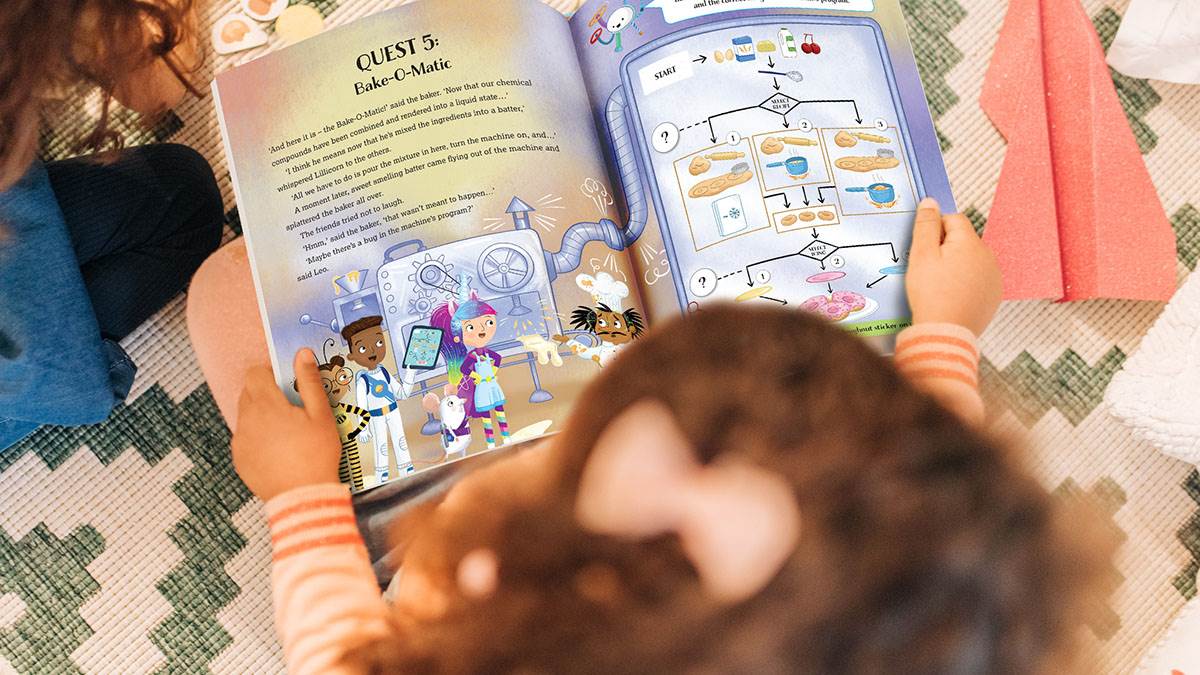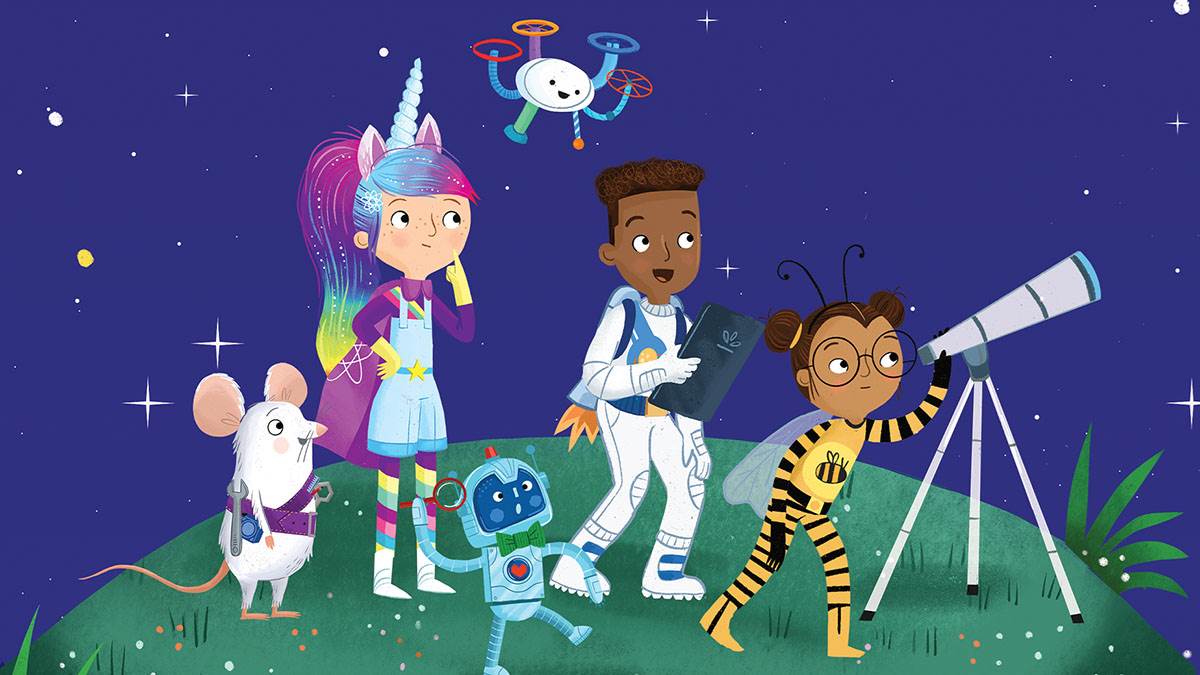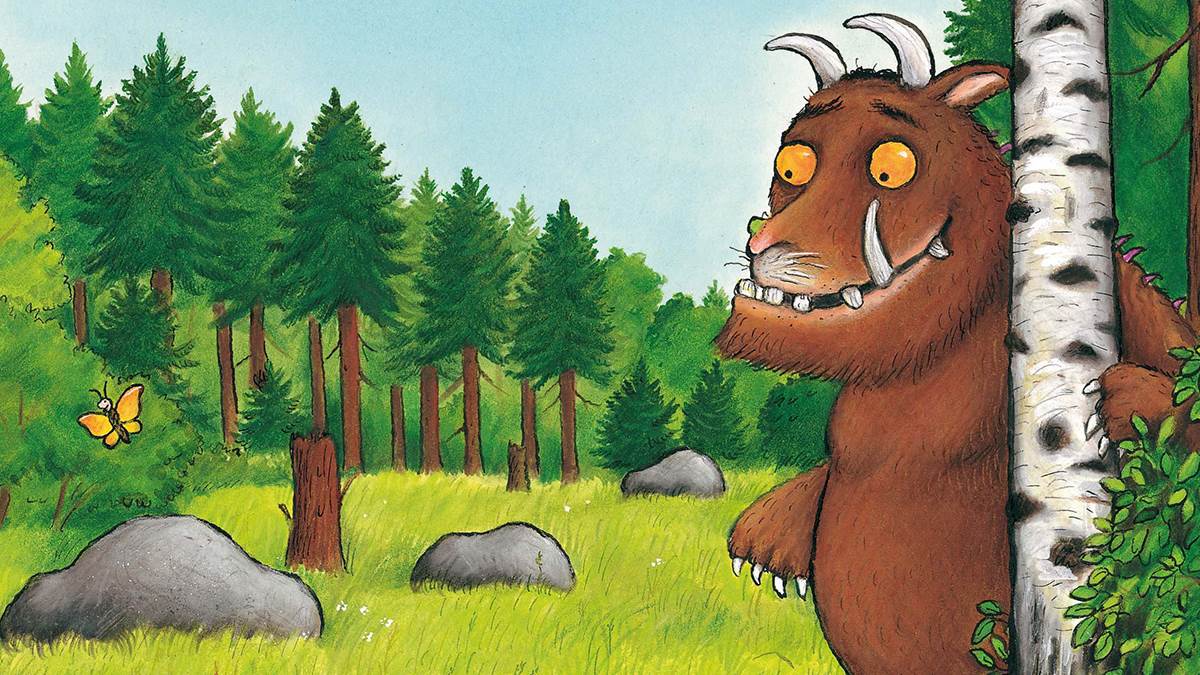How you can use fiction books to teach STEM
Published on: 16 March 2023
Dr Thomas Bernard and Lisa Moss, co-founders of STEM-focused children's book publishing company QuestFriendz and co-authors of the SuperQuesters series, discuss how fiction books can teach and inspire STEM learning.

For many parents and teachers, the idea of introducing children to STEM (Science, Technology, Engineering, Mathematics) topics and developing a STEM learning mindset conjures up visions of complexity, feelings of intimidation and a lack of understanding about how to best approach the topic.
Many of us build our own barriers, feeling that we need to have a background in STEM in order to properly address these subjects with our children at home or in the classroom.
Little do we realise or acknowledge that STEM plays a key part in our daily lives. Even getting dressed in the morning requires us to use our STEM skills – for example, young children are already learning critical sequencing skills when they learn to put their underwear on before their trousers and their socks on before their shoes.
Working through lists for school homework, boiling eggs, working out recipes – they all require us to use our STEM skills. It's about the cycle of continuous improvement and refinement through experimentation and reflection.
How can we make this knowledge transferable? How can we get this information across whilst combining literacy and learning in a pleasurable and memorable way? We believe one key way is to embed STEM learning within engaging stories, providing children with the opportunity to develop a love for STEM - often without even realising it.
How to introduce storytelling into STEM subjects

Stories with plots that completely absorb children are a wonderful way to encourage students of all ages to engage with STEM topics. These subjects - which may appear overwhelming to some - can become approachable to a wider group of learners. The result is an exciting fusion of art and science, which draws children in.
We can use select fiction titles to explore diverse STEM topics and soft STEM skills such as problem-solving, creativity, collaboration and critical thinking. Using this method, children explore and discover the science hidden in a book while lost in the story. As the interplay between fiction and STEM develops, teachers can ask older pupils if they would like to match a book with a STEM topic or skill to be discussed in class.
A popular choice in early years learning is the fairy tale The Three Little Pigs. This story allows children to act as engineers, thinking about how the little pigs find different building materials, how they use them and then, ultimately, discovering how effective or ineffective they are when the Big Bad Wolf wants his supper!
Stories can provide a launch pad to engage children from a young age in hands-on STEM activities and experiments. For example, with The Three Little Pigs children can conduct simple science experiments to learn about the stability of structures and properties of materials, testing everyday items such as building blocks, sticks, straws, sugar cubes and cardboard.
Helpful stories to try

Another popular choice for young children, The Gruffalo by Julia Donaldson and Axel Scheffler, offers a great introduction to a discussion on habitat, simple food chains and ecology, while The Very Hungry Caterpillar by Eric Carle introduces concepts of basic biology, including a butterfly's life cycle.
For Key Stage 2 students, The Iron Man by Ted Hughes helps to unlock insights into magnetic energy. It tells the story of an unlikely friendship between Iron Man and a child who sees how things move on different surfaces and how magnets attract and repel. The story opens up energetic ideas and provides the class the opportunity to experiment with magnets using various materials and surfaces.
As STEM becomes more elaborate and profound for older age groups, who better to help reveal the beauty of science and exploration than Jules Verne? Journey to the Centre of the Earth offers a fantastic fusion of science and adventure to open up a conversation about space exploration, time and geology.
And Twenty Thousand Leagues Under the Sea is a compelling, fast-paced adventure where electricity enables a submarine to travel throughout the world's oceans to make incredible discoveries. To extend their learning, children can research the diversity of sea life.
The popularity of DC and Marvel comics and films is also helpful in awakening students to the wider possibilities of science fiction and its significance to STEM. Teachers could signpost older students to Arthur C. Clarke, Ursula K. Le Guin and Isaac Asimov to continue their journey to scientific understanding.
The imaginary worlds from these books foster limitless creativity, allowing children to think of innovative ideas and inventions that they may not have thought of in the real world.
Almost all children dream of becoming an astronaut or a superhero and now, through stories, teachers can empower their imaginations and instil knowledge of STEM at the same time, helping to fuel their future dreams and aspirations.
SuperQuesters: The Case of the Missing Memory is out now. Find out more about QuestFriendz and the SuperQuesters series and find downloadable resources at: www.questfriendz.com
How books and STEM go hand in hand
Dr Shini Somara explores how books and STEM subjects are perfect partners, inspiring creativity and problem-solving in children.
Girls and women in STEM
Check out our list of recommended picture books featuring brilliant girls and women in STEM.







